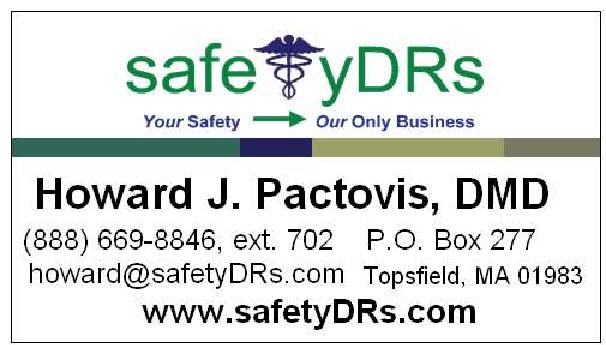 An office exhibiting the picture to the right during operational hours is not in compliance with the electrical standards of not only OSHA........ but those of most localities as well. In addition this condition shown above may pose a serious threat to not only employees, but patients and visitors as well.
An office exhibiting the picture to the right during operational hours is not in compliance with the electrical standards of not only OSHA........ but those of most localities as well. In addition this condition shown above may pose a serious threat to not only employees, but patients and visitors as well.We know that our contractors ideally should take care of these situations as part of their completion of the project. However, we at Dynamic Dental Safety are seeing an increasing number of these situations in existing operational dental facilities. Please note that "ignorance is not a defense" in an office ........ and the liabilities are enormous.
It is imperative that each and every "team member" be empowered with bringing any and all safety issues to the correct person in the dental office. Additionally, a third party evaluation of the facility is almost always a benefit to the office.
Dynamic Dental Safety performs this service and all other compliance issues for the dental office. Please contact us at (888) 669-8846 ext. 701 for information on our comprehensive services for your dental office.






